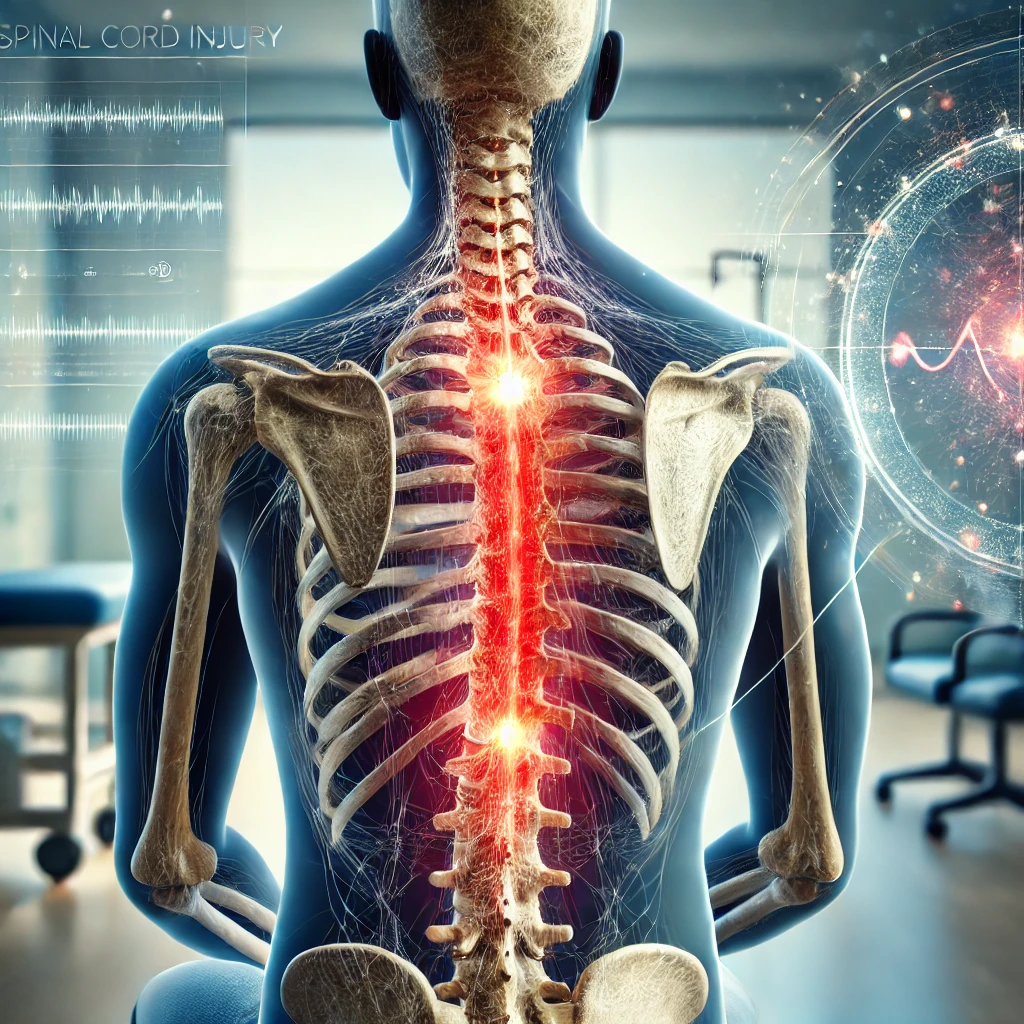What is Brachialgia?
Brachialgia is characterized by pain radiating from the neck into the arm, often due to nerve irritation or compression, such as from a herniated disc or degenerative changes in the cervical spine. This condition can limit arm movement and affect daily activities. Mr. Irfan Malik provide specialized care to manage and alleviate brachialgia effectively.









